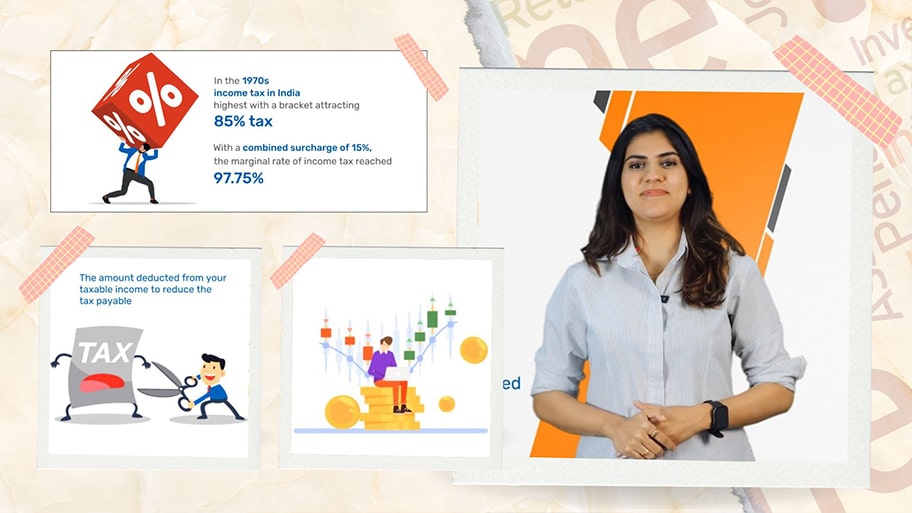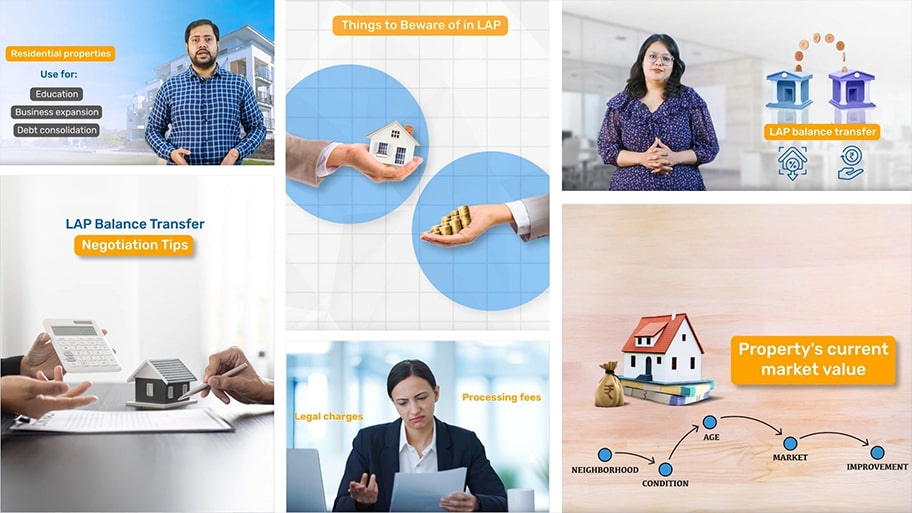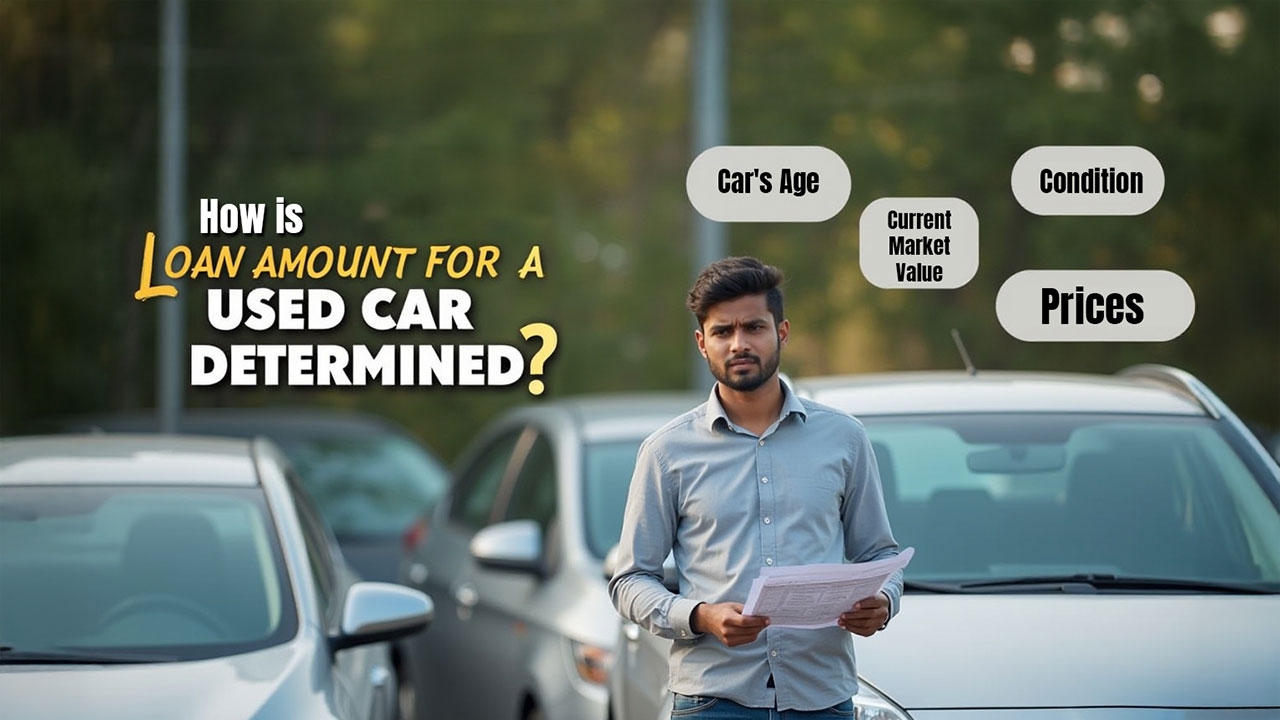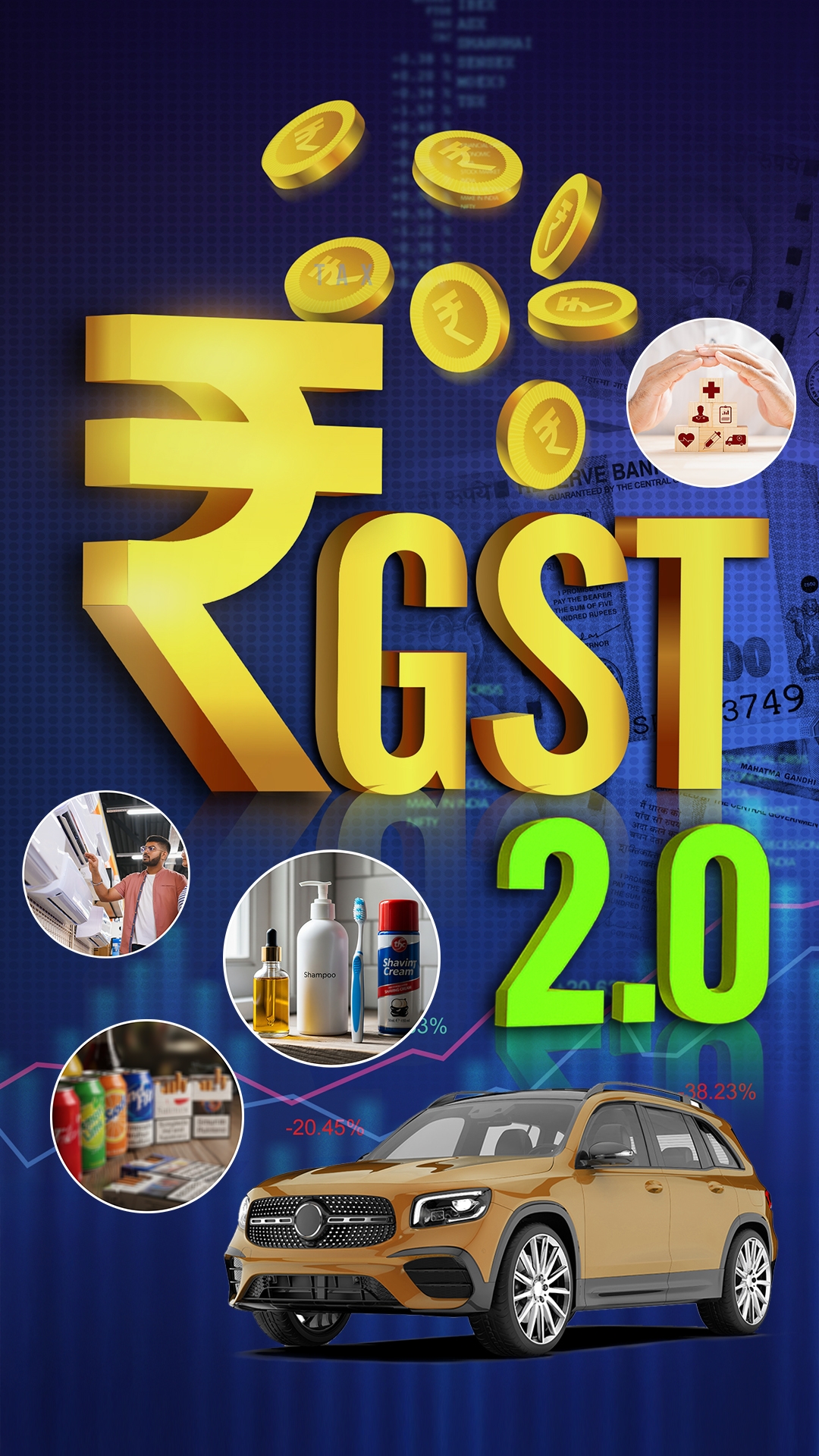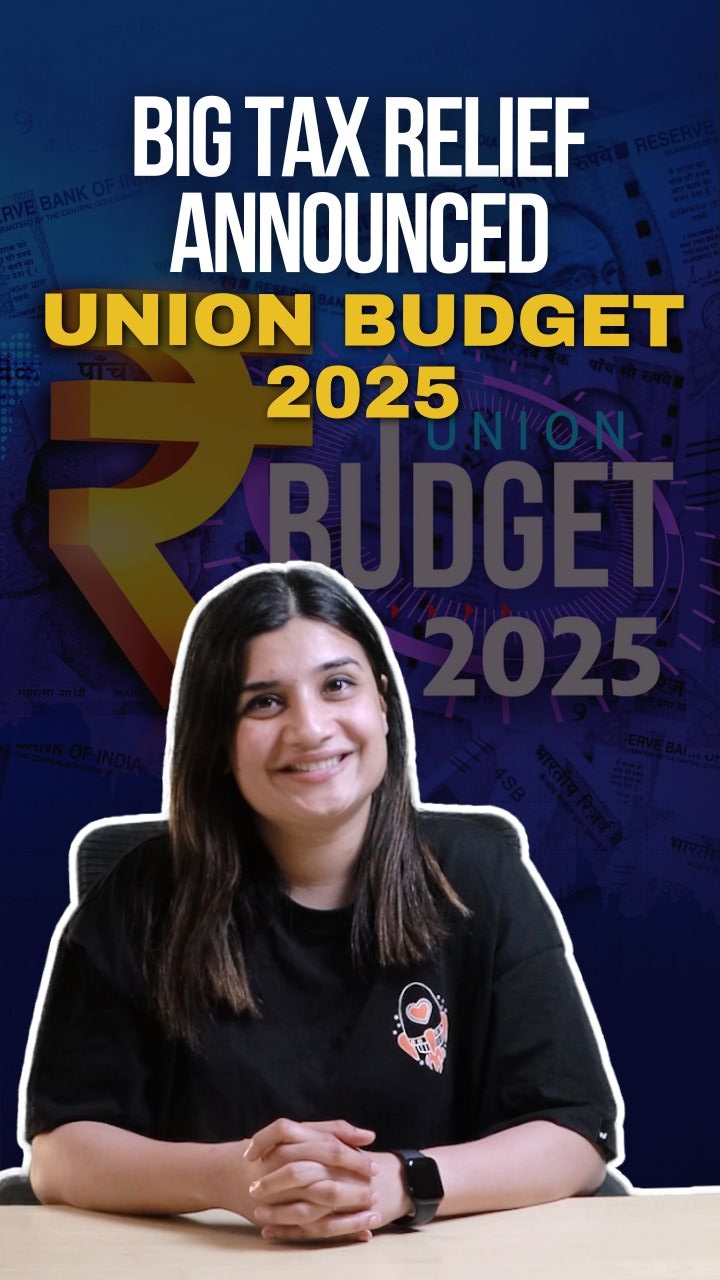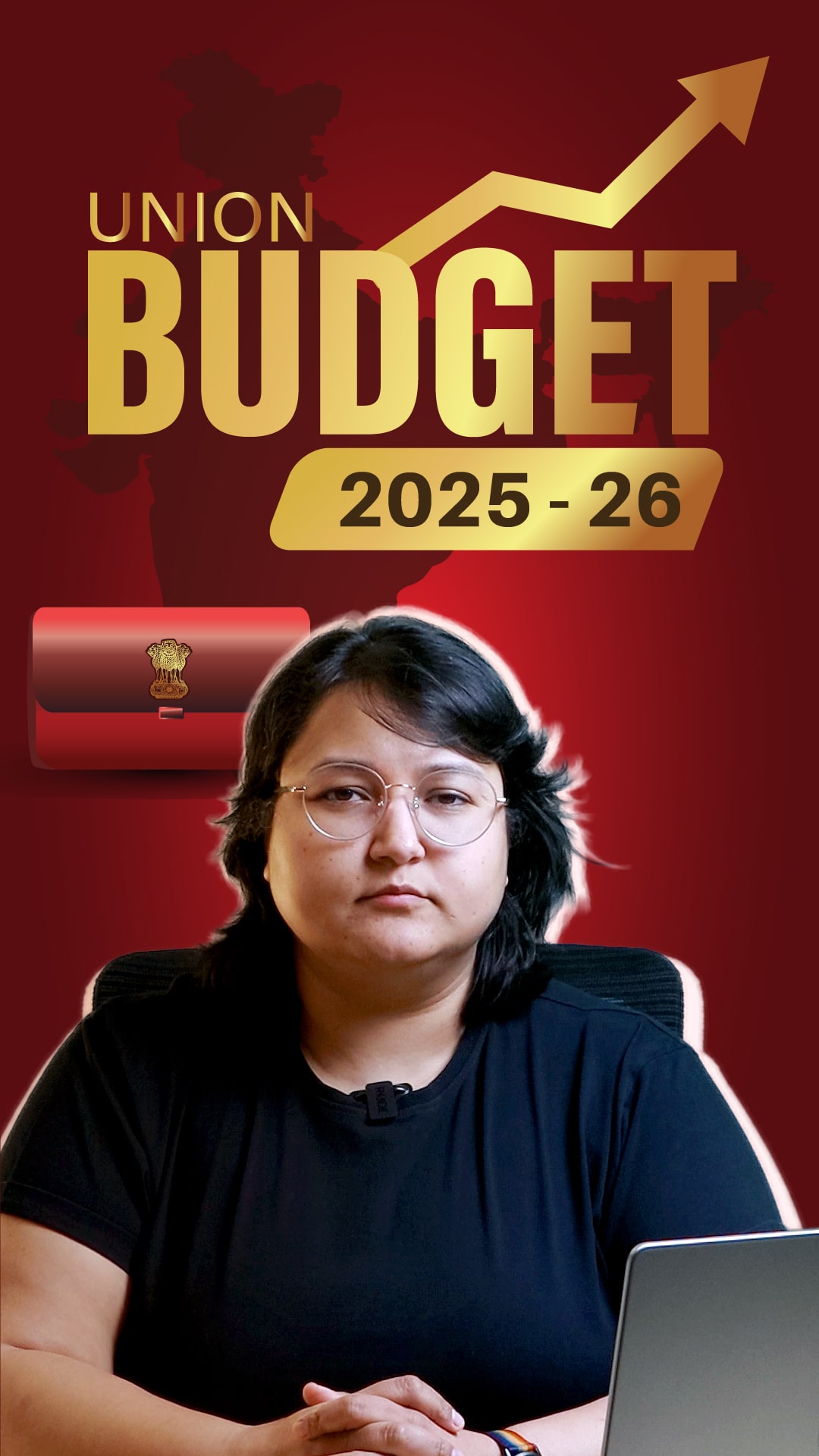No Tax on ₹12 Lakh Income? Find Out How!
Budget 2025 has introduced a tax exemption for incomes of up to ₹12 Lakhs, bringing relief to taxpayers. In this video, we’ll break down how this exemption works and give examples of tax calculations post this change.
We’ll begin by looking at the revised tax slabs under the new tax regime. You’ll learn how terms like gross income, net income, and standard deduction play a major role in determining the final tax liability. We’ll explore how the tax rebate under Section 87A applies to net incomes of up to ₹12 Lakhs, reducing tax payable to zero.
We’ll explain tax calculations for a higher net income of ₹25 Lakhs. You’ll see how different slabs apply, how deductions factor in, and how the final tax amount is determined. We’ll also talk about how the health & education cess is applied.
This simplified approach could help you grasp the logic behind the new tax structure and how it impacts different income levels.
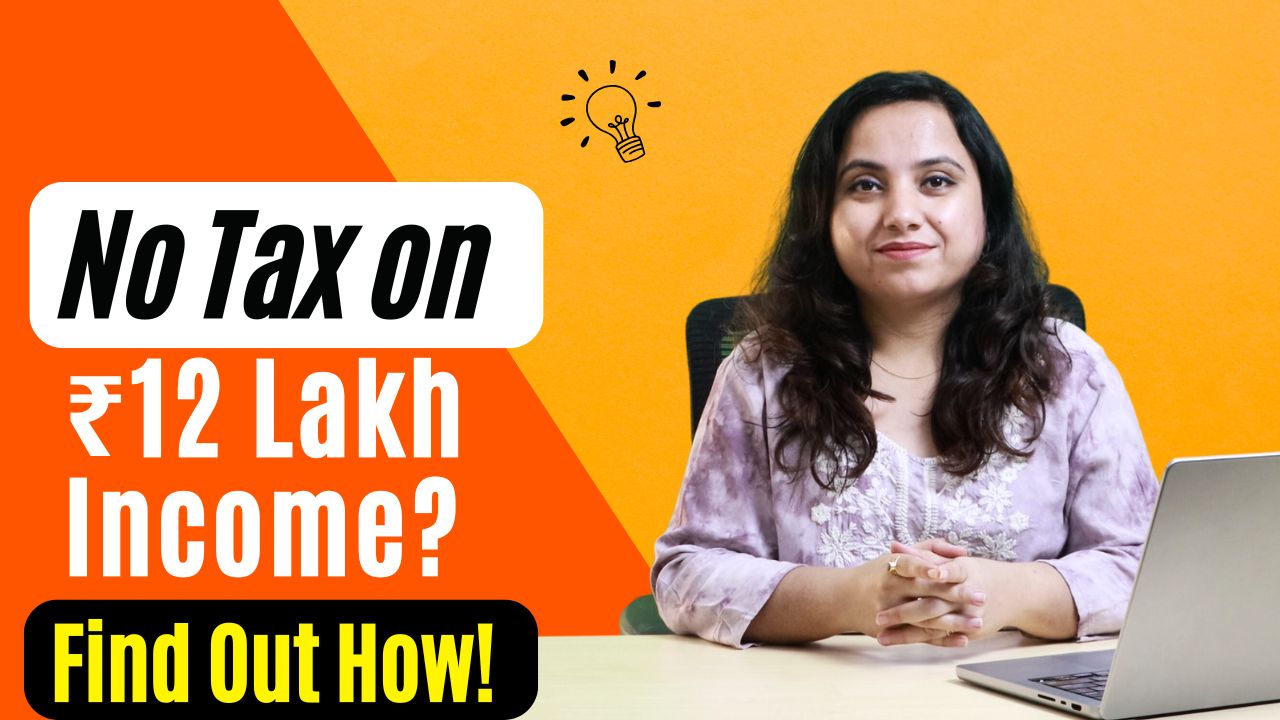
Key Takeaways
Budget 2025 announced that incomes of up to ₹12 Lakhs would be tax-free under the new tax regime
Tax liability is calculated on net income and not on gross income
Gross income is the overall earnings before applying any deductions
Net income is the amount left after deductions such as taxes, provident fund contributions, etc.
A standard deduction of ₹75,000 might reduce taxable income for salaried individuals and pensioners
The new tax slabs are structured in ₹4 Lakh brackets with rates ranging from 0% to 30%
A taxable income of ₹12 Lakhs qualifies for a full rebate under Section 87A, making tax payable zero
Section 87A rebate is available only for taxable incomes up to ₹12 Lakhs under the new tax regime
A 4% health and education cess applied on tax payable could increase the final tax amount
Tax calculations vary based on income levels, deductions, and applicable rebates under the revised structure
What to Watch Next
Bites

